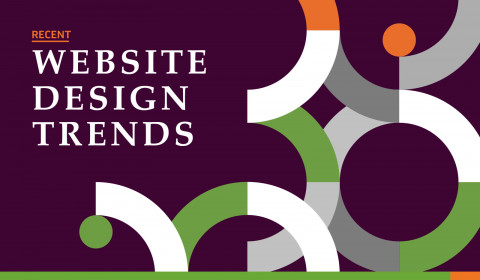In pandemics, epidemics, tragedies, disasters -- both natural and manmade -- catastrophes, hardships and the like, words that are written matter; words that aren’t written matter; what’s between the line is now above the fold because people will interpret your words every which way to Sunday. That can be good. And not so good.
